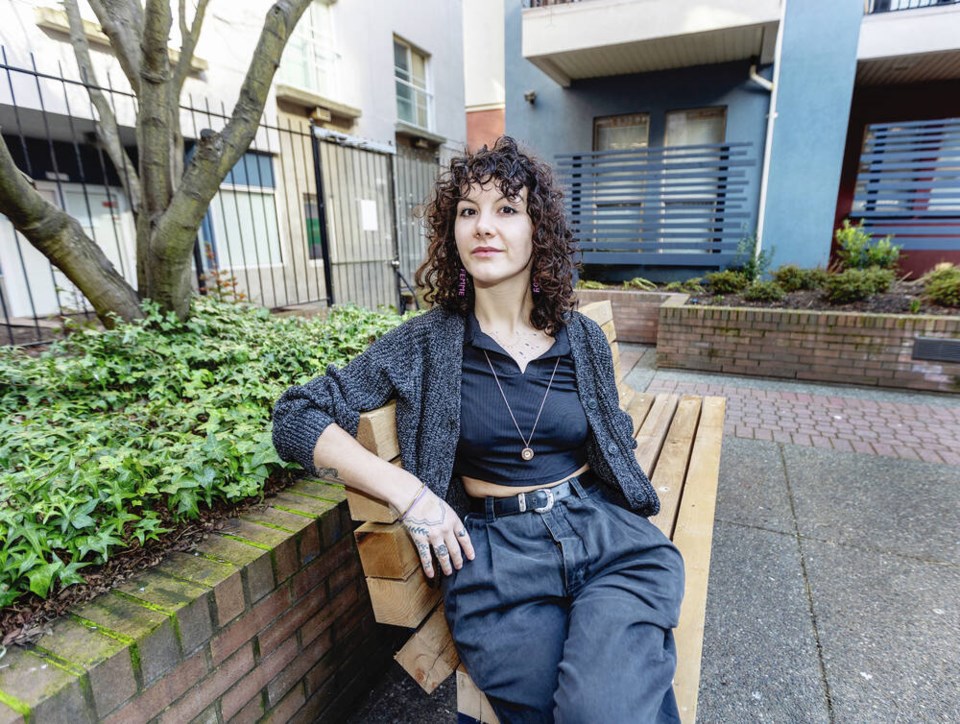Volunteers hit the streets of Greater Victoria Wednesday to survey people experiencing homelessness as part of a nationwide effort.
From Sooke to Sidney, teams headed to shelters and walked around to speak with unhoused people to gather demographic information and data on what’s driving homelessness and service gaps.
The Point-in-Time Count, which takes place in dozens of communities across Canada, provides a snapshot of how many people are unhoused, as well as more detailed information that can inform work to prevent homelessness and help people out of it. Each community participating takes the count over a 24-hour period in March or April.
“It gives us really important information,” said Diana Gibson, executive director of the Community Social Planning Council and project director of the Greater Victoria count.
“One of the biggest things that came out of it in previous counts is the percentage that are Indigenous and that was really helpful for us in channelling resources to culturally sensitive services.”
The last two counts, in March 2020 and March 2018, tallied around 1,525 homeless individuals in Greater Victoria.
The numbers should be considered an undercount, as it’s difficult to capture many people who are couchsurfing with friends or family or living in vehicles, referred to as “hidden homeless,” said Gibson.
The 2020 count showed 35 per cent of people surveyed were Indigenous, compared to five per cent of the general population, and 62 per cent of those people either attended residential school themselves or had a parent or grandparent who did.
More than 90 per cent said they want permanent housing and listed the top three obstacles to finding housing as high rent, low income and lack of options.
Half of those surveyed first experienced homelessness before they were 25.
That’s an experience Shae Schwede, who is working on the count project, is familiar with.
Schwede became homeless as a teenager in high school, trying to graduate while bouncing around friends’ couches in Greater Victoria.
“It was hard. I didn’t have money for rent. I didn’t have money for food,” she said.
She received about $500 a month in governmental support, but any money she made through part-time work while she was a student clawed back that supplement. “It doesn’t make sense. It’s a hole that’s almost impossible to get out of.”
She found a job after school and an affordable apartment, and considers herself lucky to have housed herself a decade ago, before rents increased dramatically.
“Anyone struggling right now with it, I can’t even imagine how much harder it really would be to get out of that situation.”
Schwede is a research assistant on the project as part of a job placement in a career training program. She contributes to a lived experience committee that helps inform the planning and language of the survey.
It’s something she’s passionate about, because she believes many people have a prejudiced view of people experiencing homelessness.
“But they don’t see the struggle that put people in these situations. People aren’t familiar with residential schools, with addiction, with trauma, the situations that actually bring people into homelessness, let alone how easy it is for someone to slip that far,” Schwede said.
Counts will also be conducted in the Comox Valley, Campbell River, Parksville/Qualicum, Port Alberni, the Cowichan Valley, Nanaimo and Salt Spring Island over the next two months.
>>> To comment on this article, write a letter to the editor: [email protected]



